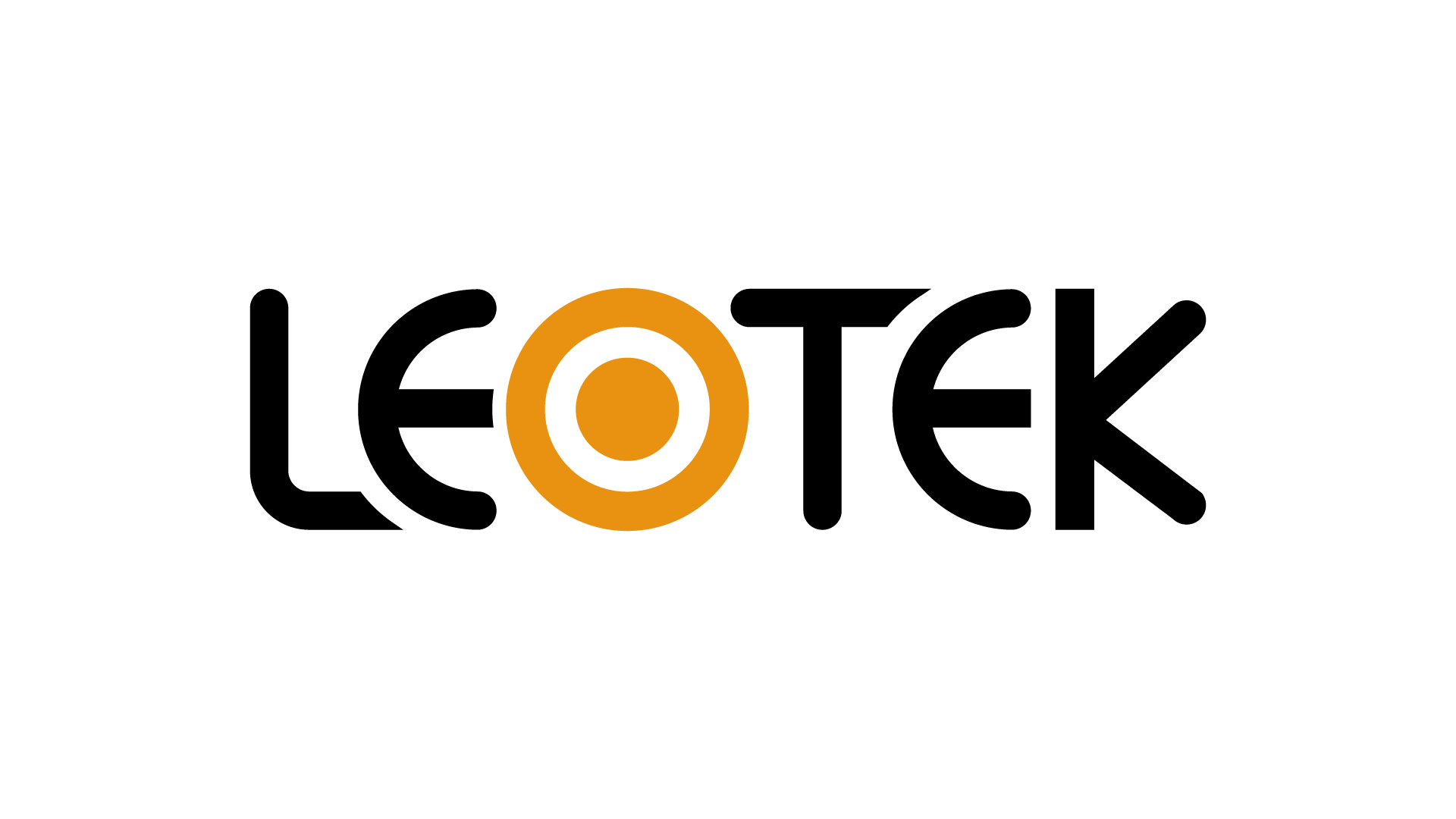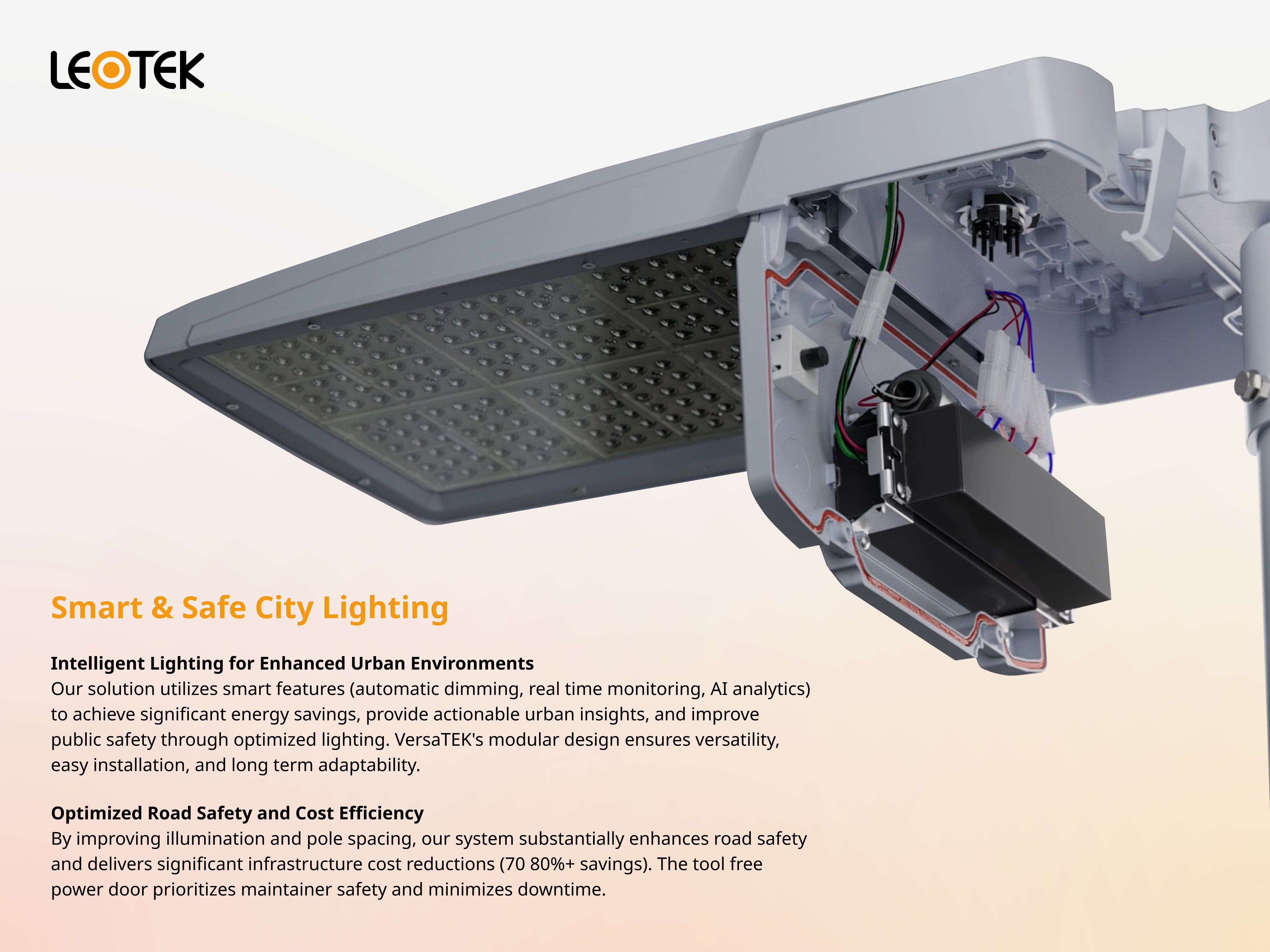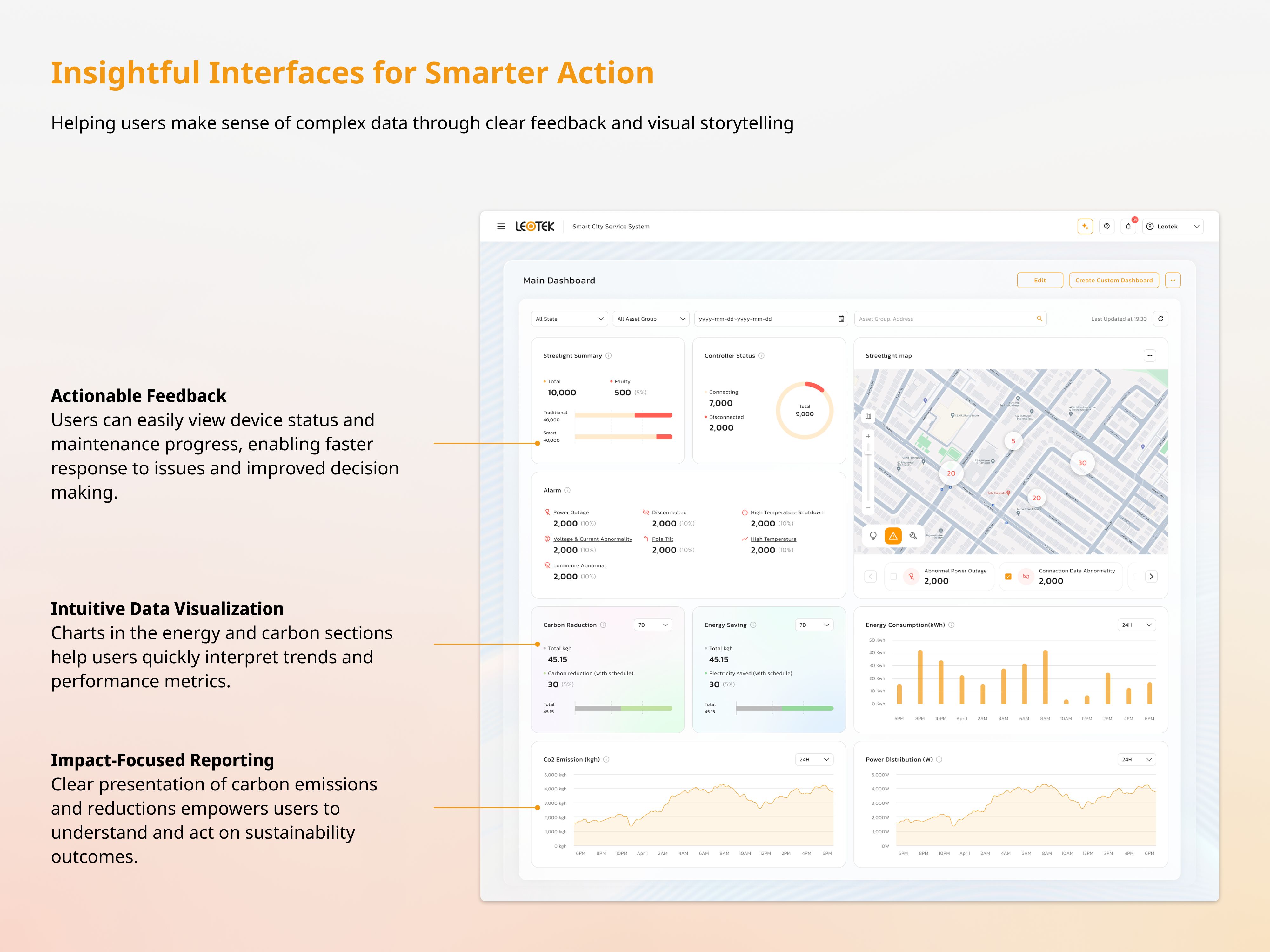
Year
2025
Category
Product
Country
United States
Design Studio / Department
ILS department
Three questions to the project team
What was the particular challenge of the project from a UX point of view?
This project proved challenging. We aimed to simplify complex data for diverse users, ensuring real world functionality in urban settings. City administrators, planners, and maintenance staff each had unique needs. To address this, we developed an AI assistant. It answers operational questions, highlights urgent issues, and enables quick action. The interface uses clear visual storytelling through maps, charts, and dashboards for easy understanding of system status and energy trends. For field personnel, we prioritized ease of maintenance with tool free modular parts, quick release connectors, and ergonomic access features. Balancing digital clarity with on site usability was key to creating a system that is both intelligent and practical.
What was your personal highlight in the development process? Was there an aha!-moment, was there a low point?
A key milestone was integrating the AI assistant with the real-time monitoring system, enabling the platform to translate complex data into clear, actionable insights for diverse users. During field testing, our modular hardware design was improved to support tool-free access and safer maintenance. Close collaboration between hardware and software teams ensured seamless user experience across touchpoints. The system has been deployed in multiple regions across the U.S. and Asia. These real-world deployments validated the system’s performance and informed ongoing design enhancements.
Where do you see yourself and the project in the next five years?
In the next five years, this project will grow into a fully integrated urban infrastructure platform. The AI assistant will become more proactive, predicting issues and optimizing energy use. User interfaces will simplify complex data, making it easier for more city staff and stakeholders to use. We expect greater interoperability with other smart city systems, creating a seamless ecosystem. Our focus remains on improving usability, accessibility, and sustainability for smarter and safer cities. The team plans to deepen its UX expertise in complex systems and lead cross disciplinary collaboration to ensure solutions stay relevant and adaptable to future technologies.


